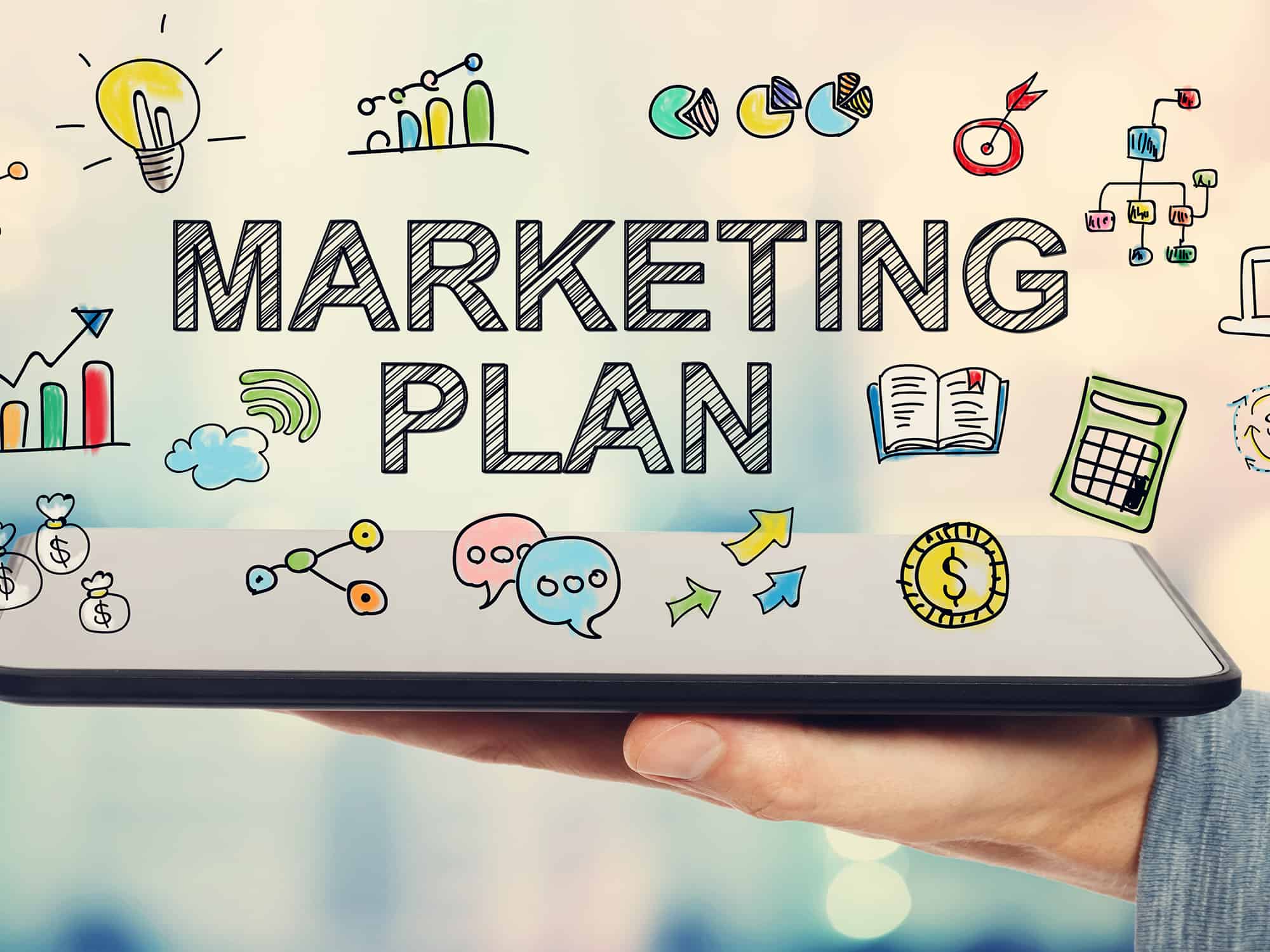Building Your Dental Marketing Plan: Focus on the Patient Journey

Write a marketing plan? Ugh!
Dental marketing plans can seem overwhelming to tackle. They’re long. And complicated. And time consuming.
But they’re also necessary, at least if you want your marketing to actually work.
If you step back to look at it, comprehensive dental marketing strategies are really just collections of smaller dental marketing strategies designed to guide your prospects through the stages of becoming a new patient. Tackling those stages individually can be a whole lot easier and, in the end, will probably make a lot more sense.
Let’s take a look at the pieces and how they all fit together to form a complete new patient journey.
Convert Strangers to Patient Leads
First you need to attract people who are unfamiliar with your dental office and have never visited you before. Your goal isn’t to get them to schedule an appointment (that would be the equivalent of proposing marriage on a first date). Instead, you just want to create awareness and spark enough interest to get a name and some basic contact information so you can start the process of earning their trust.
Your Social Media Strategy
Social media is the place for you to get noticed and make people aware of your practice and services. You’ll need to use common dental social media platforms like Facebook, Instagram and Youtube to stand out and show that you’re knowledgeable and likeable. Make people want to learn more about you and how you can help them.
Your plan should include:
- Which social platforms you’ll use
- Who on your team will be responsible for content
- Content calendar
- What your goals are
- What KPIs you will use to track results
Your Digital Advertising Strategy
Your organic reach through social media may be limited, especially if you haven’t developed a big list of followers. Using digital ads through social media platforms and Google can amplify your message to bigger targeted audiences that you wouldn’t get in front of otherwise.
Your plan should include:
- What platforms you will advertise on
- What dental marketing expert you’ll work with
- What your messaging will be
- How much you will spend
- Advertising calendar
- Goals
- KPIs
Your Blogging Strategy
Your blog is where you can share information to educate patients and help answer questions they have about improving and maintaining their dental health. This is where you can really start to build their trust in you and your team.
Your plan should include:
- Who will produce content
- Content calendar
- What kinds of content you will post
- Goals
- KPIs

Your Lead Collection Strategy
To convert your combined audience of strangers to leads, you need to convince them to exchange their contact information for something of value. Send your social media and digital ad traffic to landing pages (not your website’s home page) to take advantage of promotional offers for free information, discounts, or giveaways.
Your plan should include:
- What types of offers you will have
- How you will create and manage your landing pages
- How you will drive traffic to your landing pages
- How to collect the leads from your landing pages
- Goals
- KPIs
Convert Leads to Patients
Your Email Marketing Strategy
Once you have the email addresses for your leads, that’s when your email marketing can kick in. And that’s a great thing, since email has an amazing ROI and higher conversion rates than any other marketing you do. Use email to drive traffic back to your blog and website to continue strengthening your relationship with your prospects and continue moving them forward toward becoming a new patient.
Your plan should include:
- What software you will use for email marketing
- How you will maintain and segment your lists
- Email calendar
- Automated drip campaign scripts
- Goals
- KPIs
Your Website Strategy
Your website is where people will start to research your practice and the services you offer as they begin to consider you as their next dentist. Good dental website design makes sure to showcase your team, culture, expertise, office environment, hours, and location.
Your plan should include:
- Assessment of your current site
- Plan to develop a new site or improve your current one
- Plan for ongoing updates and maintenance
- Useful tools and features you will include
- Chat strategy and scripts
- SEO strategy
- Goals
- KPIs
Your Lead Conversion Strategy
You might be surprised to find out that the majority of patient leads never convert to new appointments. Unfortunately, good marketing is often wasted by poor conversion rates and many (too many) patient leads never get converted to new appointments. Make sure you’re not letting any hard-earned opportunities slip away.
Your plan should include:
- Scripting for answering phones
- Training for front desk team
- Pre-appointment reminder process
Convert Patients to Promoters
Your Referral Marketing Strategy
Just getting new patients is not the end goal. You want to get the most possible value from them, you need promoters for your practice that will generate dental referrals. Decide how you will encourage your happiest patients to refer their friends and family to your practice and have a well-defined process for collecting and promoting positive patient reviews.
Your plan should include:
- Plan for getting new patient referrals from your current patients
- Process for collecting reviews and testimonials and promoting them
- Your plan for retaining current patients and maximizing their value
- Goals
- KPIs
What’s Next?
With all the pieces in place, you’ll need to decide how much money you can, and should, put behind your plan to be effective. Grab a free copy of our Ultimate Guide to Dental Marketing Budgeting today to help you establish the right promotional allowance.